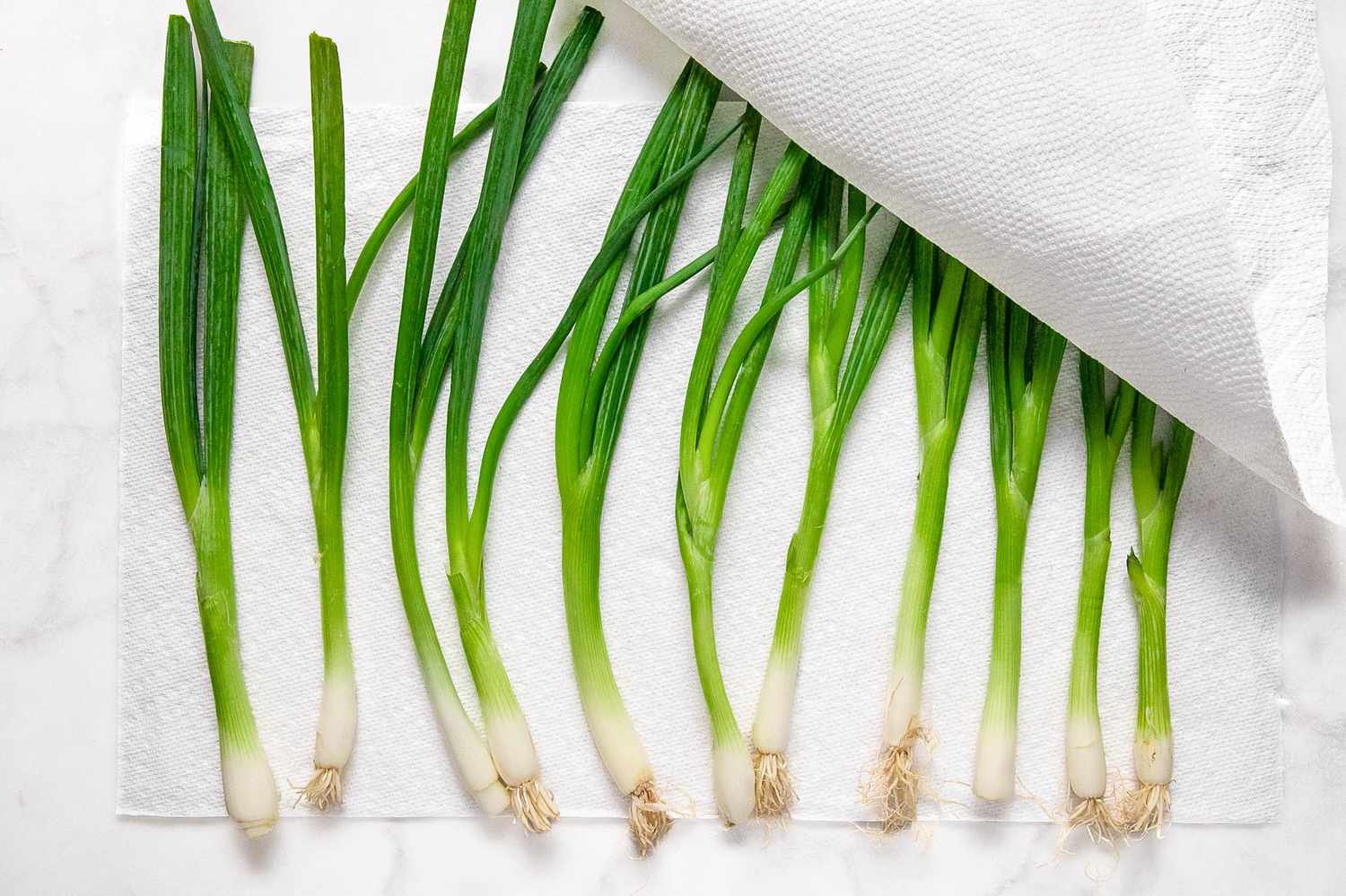

Articles
How To Store Bunching Onions
Modified: October 29, 2024
Learn how to properly store bunching onions with these informative articles. Discover the best methods to keep your onions fresh for longer periods.
(Many of the links in this article redirect to a specific reviewed product. Your purchase of these products through affiliate links helps to generate commission for Storables.com, at no extra cost. Learn more)
Introduction
When it comes to cooking, few ingredients can add a burst of flavor and freshness quite like bunching onions. These versatile vegetables, also known as green onions or scallions, bring a unique savory taste to a variety of dishes. Whether you prefer them raw in salads, grilled, or sautéed as a garnish, knowing how to store bunching onions properly is essential to maintain their freshness and flavor.
In this article, we will explore different methods for storing bunching onions, including refrigeration, freezing, root cellaring, and preserving. By following these guidelines, you can extend the shelf life of your bunching onions and enjoy their delicious flavor for longer periods.
But before we delve into the storage methods, it’s important to understand how to select and harvest fresh bunching onions. Choosing the right onions and harvesting them properly will ensure that you’re starting with the best quality produce.
Key Takeaways:
- Store bunching onions in the refrigerator by bundling, wrapping in a damp paper towel, and placing in the vegetable drawer for up to a week. Check regularly for spoilage.
- Freeze bunching onions after blanching and drying for up to six months. Use within three to four months for best quality in cooked dishes.
Read more: How To Store Onions
Choosing Fresh Bunching Onions
When selecting bunching onions, it’s important to choose ones that are fresh and in their prime. Here are some tips to help you pick the best bunching onions:
- Look for firm bulbs: Choose bunching onions with firm and solid bulbs. Avoid onions that have mushy or soft spots, as this indicates that they may be overripe or starting to spoil.
- Inspect the green tops: The green tops of the bunching onions should be vibrant and crisp. Avoid onions with wilted or yellowing tops, as this can be a sign of age or poor quality.
- Avoid slimy onions: If you notice any sliminess or excessive moisture on the surface of the onion, it’s best to avoid it. This can be an indication of decay or bacterial growth.
- Check for pests: Take a close look at the bunching onions to ensure that they are free from pests or damage. Look for any signs of insects, holes, or blemishes on the bulbs or leaves.
- Smell the onions: Bunching onions should have a crisp and fresh aroma. Avoid onions with a strong or unpleasant odor, as this can be an indication of spoilage.
By following these guidelines, you can ensure that you’re selecting bunching onions that are fresh, flavorful, and free from any potential issues. Now that you’ve chosen the best bunching onions, it’s time to learn how to harvest them for optimal storage.
Harvesting Bunching Onions
Harvesting bunching onions at the right time is crucial to maintain their quality and flavor. Unlike other types of onions that are left in the ground to develop larger bulbs, bunching onions are typically harvested when they have reached the desired size for their green tops. Here’s a step-by-step guide on how to harvest bunching onions:
- Observe the growth: Pay attention to the growth of your bunching onions. Typically, they are ready to harvest when the green tops have reached a height of about 6 to 8 inches.
- Loosen the soil: Gently loosen the soil around the base of the onions using a garden fork or trowel. Be careful not to damage the bulbs or the roots.
- Grasp the onion: Firmly grasp the base of the onion with one hand and hold the green top with the other hand. Apply gentle pressure and pull the onion out of the ground in a circular motion.
- Brush off excess soil: Once you’ve harvested the bunching onions, gently brush off any excess soil clinging to the bulbs. Avoid washing them at this stage, as moisture can promote spoilage during storage.
- Trim the tops: Using a pair of clean gardening shears or a sharp knife, trim the green tops of the onions to the desired length. Leaving about an inch or two of the green tops intact can help preserve their freshness.
- Inspect for any damage: Before storing the harvested bunching onions, carefully inspect them for any signs of damage, such as bruises or cuts. Discard any onions that show signs of spoilage or pests.
Once you have harvested your bunching onions, it’s time to prepare them for storage. Proper preparation is crucial to ensure that the onions stay fresh for as long as possible. In the next section, we will explore different methods for preparing bunching onions for storage.
Preparing Bunching Onions for Storage
Before storing bunching onions, it’s important to properly prepare them to maximize their shelf life and maintain their quality. Here are some essential steps to follow when preparing your bunching onions for storage:
- Remove any excess soil: Start by gently removing any dirt or soil clinging to the onions. Use your hands or a soft brush to gently brush off the loose dirt.
- Trim the roots: Trim the roots of the onions using clean scissors or a knife. Remove any long or damaged roots, leaving just a small portion attached to the bulb.
- Remove any damaged or wilted leaves: Inspect the green tops of the bunching onions and remove any leaves that are damaged, wilted, or yellowing. Trimming away these leaves will help preserve the freshness of the remaining ones.
- Dry the onions: Allow the bunching onions to air dry for a short period of time. Lay them out on a clean, dry surface or use a paper towel to absorb any excess moisture. Ensuring that the onions are thoroughly dry will help prevent mold or rot during storage.
- Sort and separate: Sort the onions based on size and quality. Separate any damaged or bruised onions from the ones that are in good condition. This will prevent the spoilage of one onion from affecting the others.
By following these steps, you will ensure that your bunching onions are properly prepared for storage. Now let’s explore different storage methods to keep your bunching onions fresh for longer periods.
Storing Bunching Onions in the Refrigerator
The refrigerator is one of the easiest and most common ways to store bunching onions. It provides a cool and controlled environment that helps to maintain the freshness and flavor of the onions. Follow these steps to store bunching onions in the refrigerator:
- Prepare the bunching onions: Make sure the onions are clean and dry before storing them. If they are still slightly moist, allow them to air dry for a short period of time.
- Bundle the onions: Group the bunching onions together and tie them loosely with a rubber band or kitchen twine. This helps to keep them organized and prevents them from rolling around in the refrigerator.
- Wrap in a damp paper towel: To maintain the moisture level of the onions, wrap the bunch loosely in a damp paper towel. This helps to prevent them from drying out in the dry environment of the refrigerator.
- Place in a perforated bag: If available, place the wrapped bunching onions in a perforated bag or a loosely sealed plastic bag. This allows for better air circulation, preventing excess moisture buildup that may cause the onions to rot.
- Store in the vegetable drawer: Place the bagged onions in the vegetable drawer of your refrigerator. This compartment typically provides higher humidity and a more consistent temperature, which helps to extend the shelf life of the onions.
- Check and use within a week: Regularly check the bunching onions for any signs of spoilage, such as mold or wilting. If you notice any issues, remove the affected onions and use the remaining ones promptly.
Storing bunching onions in the refrigerator usually allows them to stay fresh for up to a week. However, keep in mind that their flavor may diminish over time, so it’s best to use them as soon as possible for optimal taste.
In the next section, we will explore another storage option for preserving the freshness of bunching onions—freezing.
To store bunching onions, wrap them in a damp paper towel and place them in a perforated plastic bag in the refrigerator. This will help keep them fresh for up to two weeks.
Read more: How To Store Garlic And Onions
Freezing Bunching Onions
Freezing is an excellent method for preserving the flavor and texture of bunching onions for an extended period of time. Follow these steps to freeze your bunching onions:
- Prepare the bunching onions: Clean the onions thoroughly and remove any dirt or debris. Trim the roots and remove any damaged or wilted leaves.
- Thinly slice the onions: Slice the bunching onions into thin rounds or chop them into small pieces, depending on your preference. Uniformly sized pieces will freeze and thaw more evenly.
- Blanch the onions: Blanching helps to preserve the color, texture, and flavor of the onions. Bring a pot of water to a boil and carefully add the sliced onions. Blanch them for 30 seconds to 1 minute, then promptly transfer them to a bowl of ice water to stop the cooking process.
- Drain and pat dry: Drain the blanched onions well and pat them dry with a clean kitchen towel or paper towels. Removing excess moisture will prevent the onions from becoming soggy when frozen.
- Package for freezing: Place the drained and dried onions into airtight freezer bags or containers. Be sure to remove as much air as possible from the bags before sealing them tightly.
- Label and date: Label the freezer bags or containers with the contents and the date of freezing. This will help you keep track of the onions and ensure they are used within the recommended storage time.
- Freeze: Place the packaged bunching onions in the freezer and make sure they are kept in a flat position. This allows for easy stacking and helps prevent them from sticking together.
Bunching onions can be kept frozen for up to six months, but it’s best to use them within three to four months for the best quality. Frozen onions are ideal for use in cooked dishes, such as soups, stews, stir-fries, and sauces, as they may lose some crispness after thawing.
Now that you know how to store bunching onions in the refrigerator and freezer, let’s explore another storage option for those who have root cellars.
Storing Bunching Onions in a Root Cellar
If you have access to a root cellar or a cool and dark storage area with controlled humidity, it can be an excellent option for storing bunching onions. Follow these steps to store your bunching onions in a root cellar:
- Clean and prepare the onions: Before storing, make sure the bunching onions are clean and dry. Remove any dirt or debris on the bulbs and trim the roots.
- Bundle the onions: Group the bunching onions together and tie them loosely with kitchen twine or a rubber band. This helps to keep them organized and prevents them from rolling around.
- Choose the right container: If your root cellar doesn’t have built-in storage shelves, choose a suitable container like a mesh bag or a wooden crate. Make sure the container allows for adequate airflow to prevent moisture buildup.
- Place the onions in the root cellar: Find a cool and dark spot in the root cellar to store your bunching onions. Ideally, the temperature should be between 32°F (0°C) and 40°F (4°C) with a humidity level around 65-70%. Avoid areas with direct sunlight or fluctuating temperatures.
- Check the onions regularly: Regularly inspect the onions for any signs of spoilage. Remove any onions that show signs of rot or mold to prevent it from spreading to the other onions.
- Use within a few months: Bunching onions stored in a root cellar can typically stay fresh for a few months. However, it’s best to use them within two to three months for optimal flavor and quality.
Storing bunching onions in a root cellar provides them with the cool and consistent conditions they need to stay fresh. This method is ideal for those who have access to a suitable storage space with the right temperature and humidity levels.
Now, let’s explore various preserving methods for bunching onions to enjoy their flavor throughout the year.
Using Preserving Methods for Bunching Onions
If you want to enjoy the fresh taste of bunching onions throughout the year, you can utilize various preserving methods. Here are a few popular methods for preserving bunching onions:
- Dehydrating: Dehydrating is a great way to preserve bunching onions for long-term storage. Slice the onions thinly and spread them out on a dehydrator tray or a baking sheet. Dry them at a low temperature until they become crisp. Once dehydrated, store them in airtight containers or vacuum-sealed bags. Dehydrated bunching onions can be used as flavorful additions to soups, stews, or homemade spice blends.
- Pickling: Pickling is a popular method for preserving vegetables, including bunching onions. Prepare a pickling brine by combining vinegar, water, salt, and desired spices. Bring the brine to a boil and pour it over sliced bunching onions in sterilized jars. Seal the jars and refrigerate for a few days before using. Pickled bunching onions add tanginess and crunch to sandwiches, salads, and appetizers.
- Canning: Canning is another preservation method that allows you to enjoy bunching onions throughout the year. Slice the onions and pack them into sterilized jars. Prepare a brine or canning liquid, such as a vinegar solution or a light syrup, and pour it over the onions, leaving a bit of headspace. Process the jars in a hot water bath or pressure canner according to canning guidelines. Canned bunching onions are versatile and can be used in various recipes.
- Pesto or compound butter: Take advantage of the fresh flavor of bunching onions by making pesto or compound butter. Blend chopped bunching onions, garlic, herbs, olive oil, and optional nuts or cheese to create a flavorful pesto. Alternatively, mix minced bunching onions into softened butter along with herbs and spices. Freeze small portions of the pesto or compound butter for later use in sauces, dressings, or as spreads.
These preserving methods allow you to enjoy the unique taste of bunching onions even when they are not in season. Experiment with different recipes and find the method that suits your preferences and culinary needs.
Now, let’s move on to some helpful tips for properly storing bunching onions to ensure their longevity.
Tips for Properly Storing Bunching Onions
Proper storage is key to maintaining the freshness and quality of bunching onions. To ensure optimum shelf life and flavor, consider the following tips:
- Keep them dry: Moisture can lead to spoilage and rot, so it’s important to store bunching onions in a dry environment. Ensure that the onions are thoroughly dried before storing them.
- Avoid direct sunlight: Exposure to sunlight can cause onions to deteriorate more quickly. Store them in a cool, dark place away from direct sunlight to prevent premature aging.
- Separate damaged onions: Remove any onions that are bruised, damaged, or showing signs of spoilage. Damaged onions release ethylene gas, which can accelerate ripening and spoilage of neighboring onions.
- Avoid storing with certain fruits and vegetables: Some fruits and vegetables, such as apples, bananas, and potatoes, release ethylene gas, which can cause onions to spoil faster. Keep bunching onions away from these ethylene-producing items.
- Regularly inspect: Check your stored bunching onions regularly for any signs of spoilage, such as mold, softness, or unpleasant odors. Remove any affected onions immediately to prevent the spread of spoilage.
- Use the appropriate storage method: Choose the storage method that best fits your needs and the available facilities. Refrigeration, freezing, root cellaring, or preserving methods each have their advantages and limitations.
- Consider the shelf life: Bunching onions have a shorter shelf life compared to storage onions. It’s best to use them within a week if refrigerated, a few months if frozen, or a couple of months if stored in a root cellar.
- Label and date: Properly label your storage containers or packages with the contents and the date of storage. This helps you keep track of the freshness and use them in a timely manner.
By following these tips, you can prolong the freshness of your bunching onions and enjoy their delicious flavor for an extended period. Remember that the storage time may vary depending on the quality of the onions and the storage conditions.
Now you’re equipped with the knowledge and techniques to store and preserve bunching onions properly. With these methods, you can savor their delightful taste and enhance your culinary creations throughout the year.
Enjoy the freshness and versatility of bunching onions, and happy cooking!
Note: The provided information is intended for general purposes only. For specific storage recommendations, always refer to the guidelines recommended by reliable sources or consult a professional.
Read more: How To Store Caramelized Onions
Conclusion
Bunching onions, with their crisp green tops and mild flavor, can add a delightful touch to various dishes. Knowing how to store them properly is essential to preserve their freshness and flavor for as long as possible. By following the tips and techniques outlined in this article, you can ensure that your bunching onions stay fresh and delicious, whether you choose to store them in the refrigerator, freezer, root cellar, or through preservation methods such as dehydrating or pickling.
When selecting bunching onions, look for firm bulbs and vibrant green tops, while avoiding any signs of spoilage or damage. Harvest them at the right time, and prepare them for storage by trimming the roots and removing any damaged leaves. Taking these steps will set the stage for successful storage.
The refrigerator offers a convenient option for short-term storage, while freezing allows you to preserve bunching onions for longer periods. If you have access to a root cellar or a cool storage area, you can take advantage of its optimal conditions to prolong the shelf life of bunching onions. Preserving methods, such as dehydration or pickling, provide flavorful options to enjoy these onions even when fresh ones are not readily available.
Remember to keep the bunching onions dry, store them away from sunlight, and regularly check for any signs of spoilage. Take care to separate damaged onions and avoid storing them with certain fruits and vegetables that may cause spoilage. Labeling your storage containers and packages will help you keep track of their freshness and use them in a timely manner.
By implementing these storage methods and following the provided tips, you can ensure that your bunching onions maintain their quality and taste. So go ahead, stock up on bunching onions, and savor their deliciousness in your favorite recipes throughout the year!
Note: The information provided in this article is intended as a general guide. Always refer to specific storage instructions and recommendations for the best results.
Frequently Asked Questions about How To Store Bunching Onions
Was this page helpful?
At Storables.com, we guarantee accurate and reliable information. Our content, validated by Expert Board Contributors, is crafted following stringent Editorial Policies. We're committed to providing you with well-researched, expert-backed insights for all your informational needs.
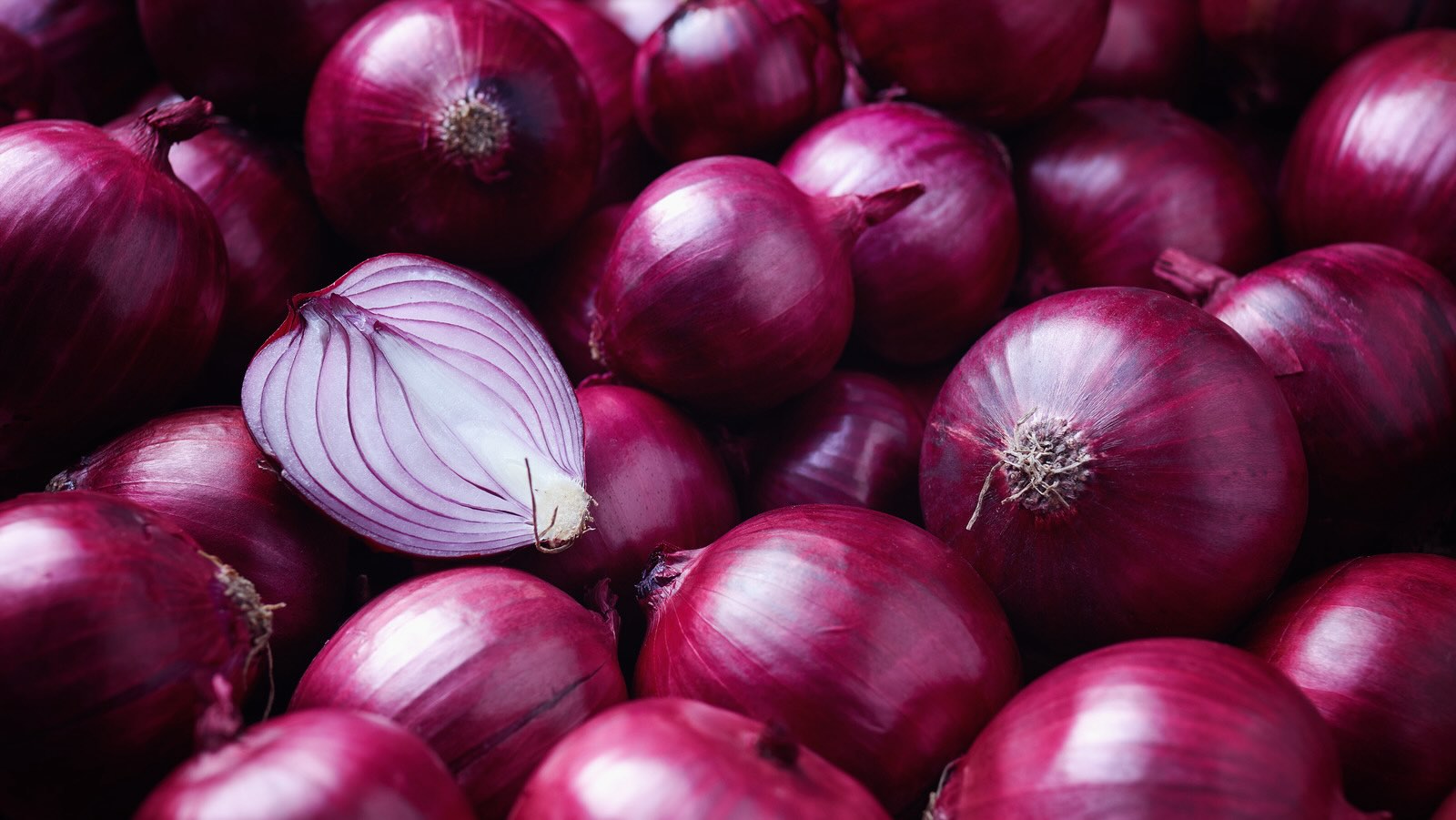
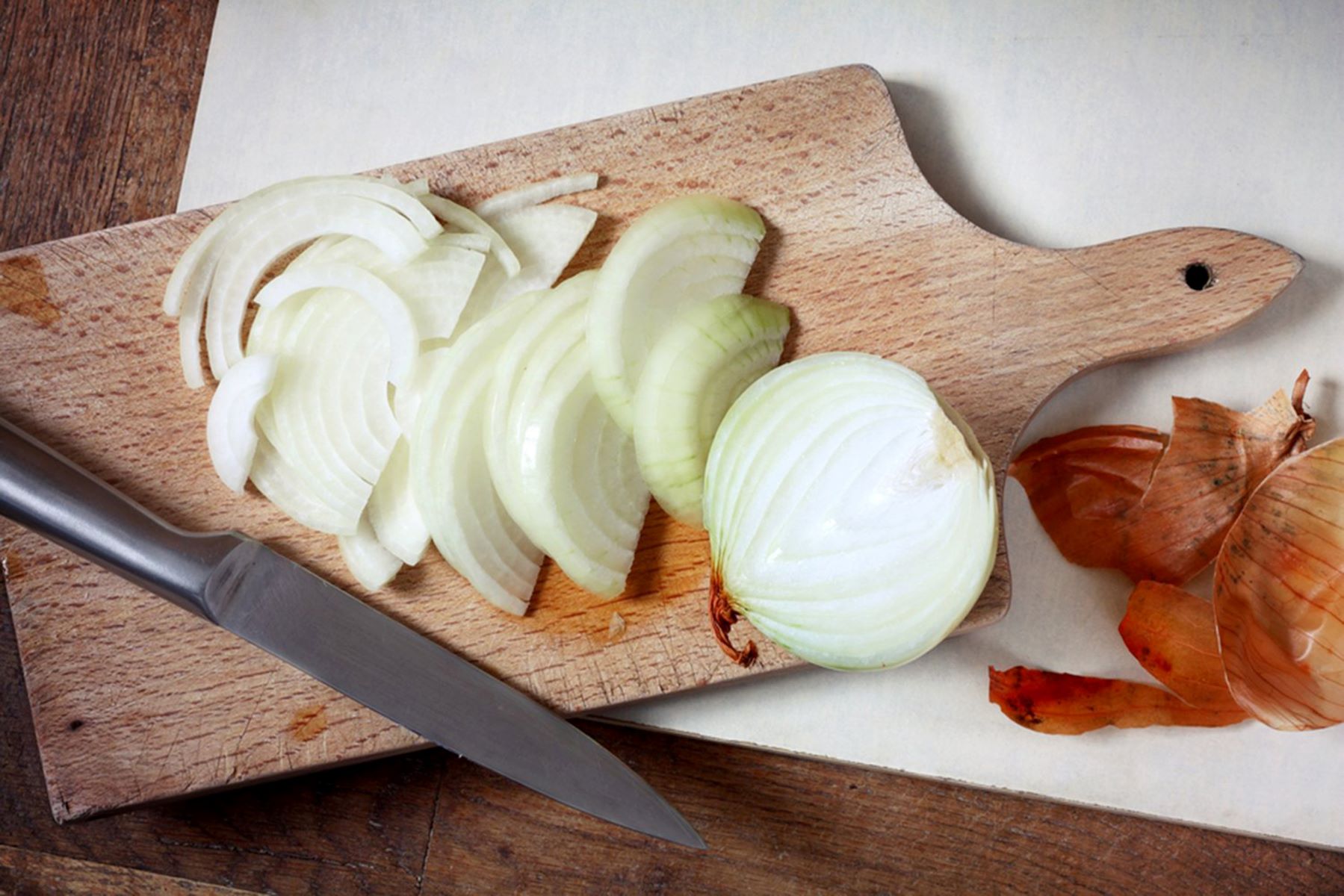
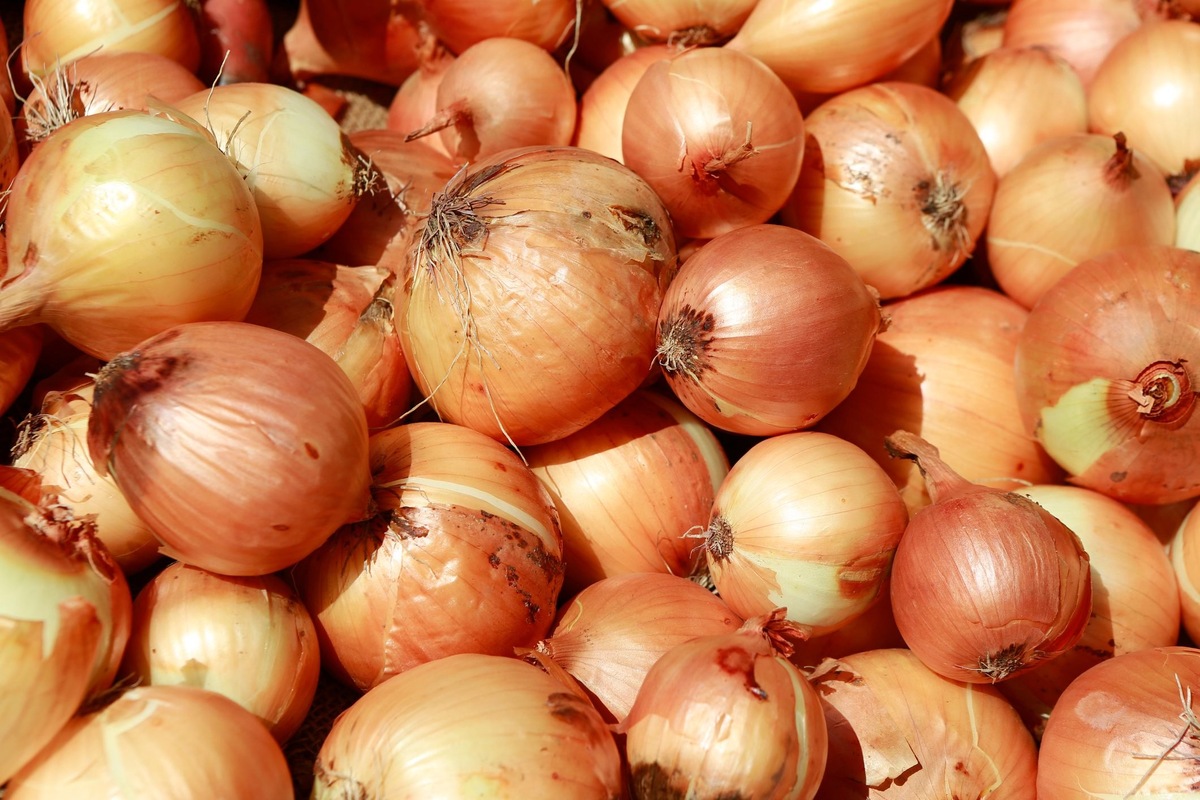

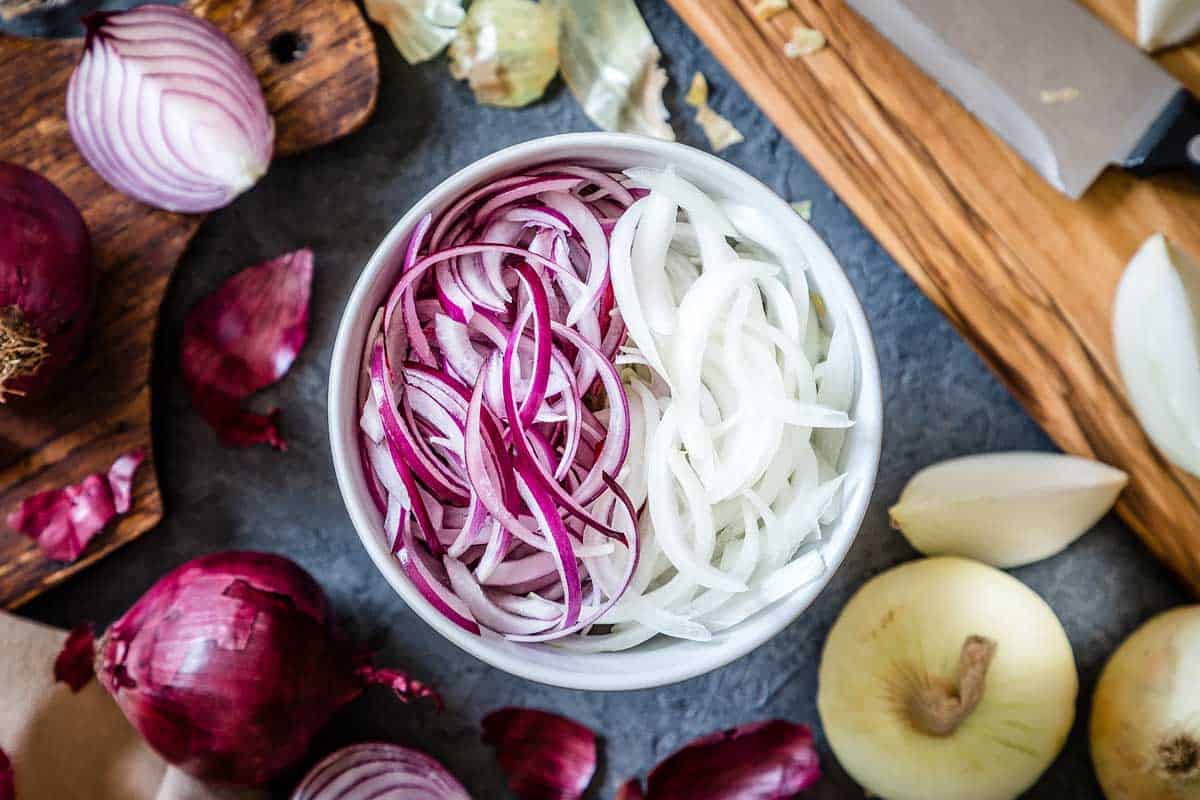
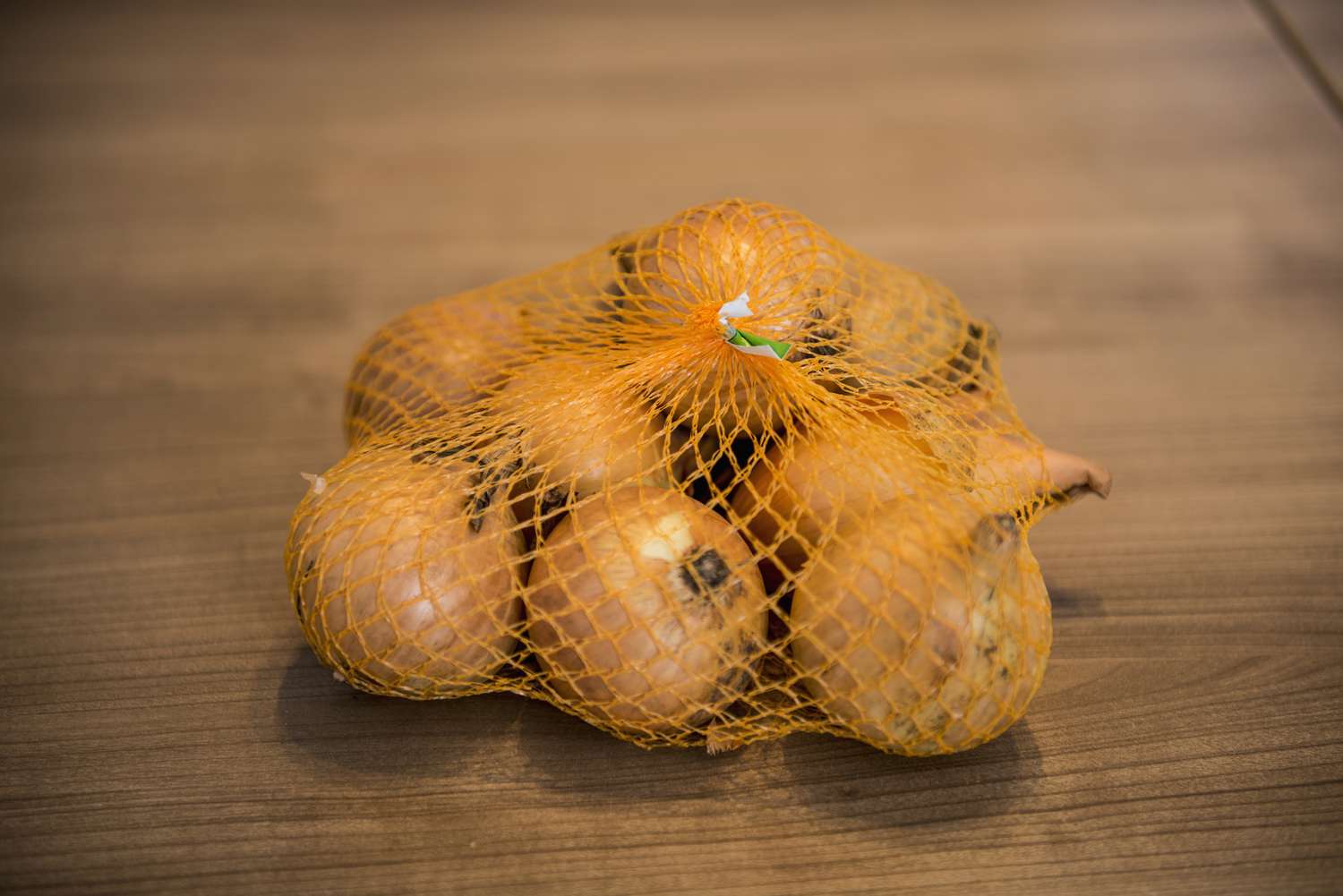
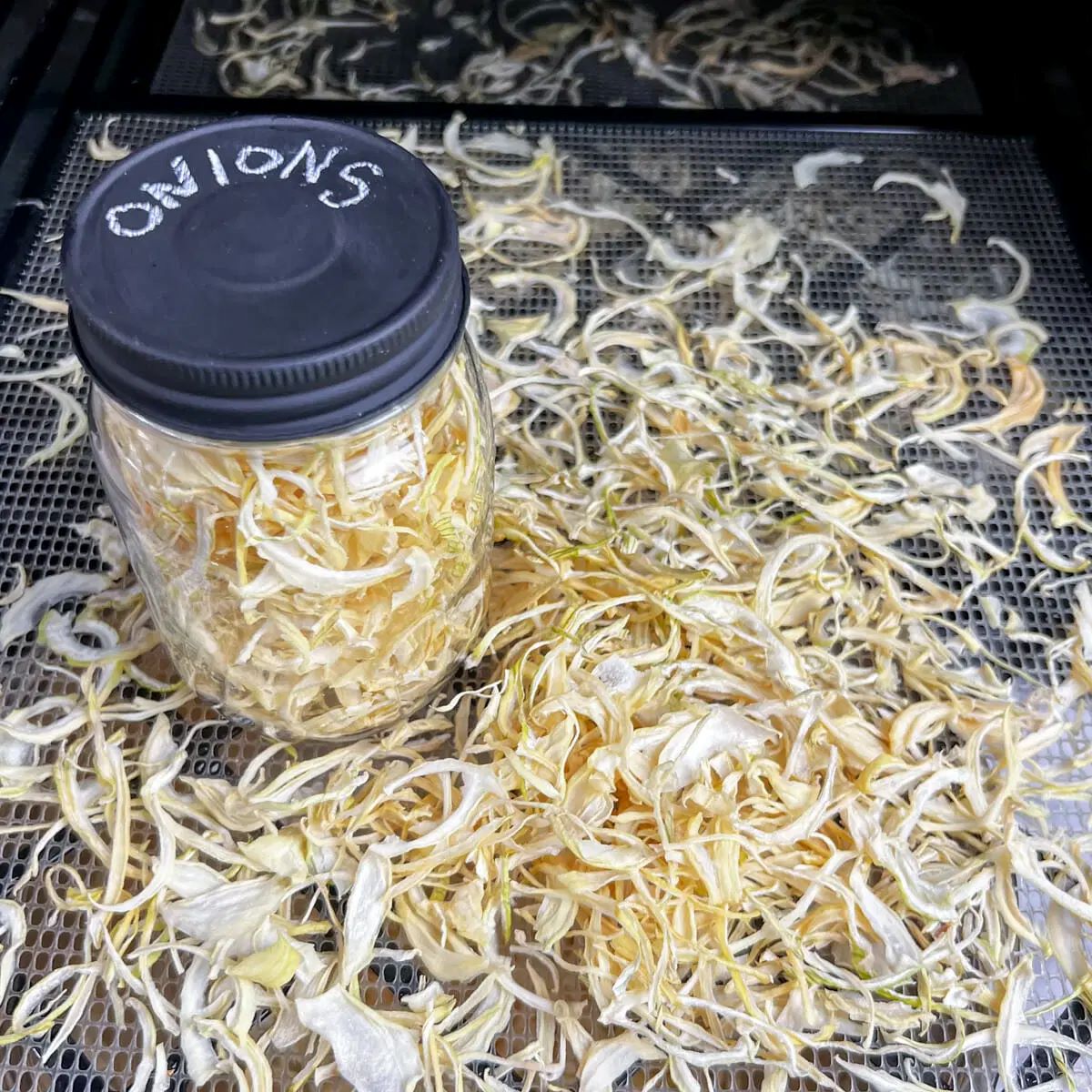
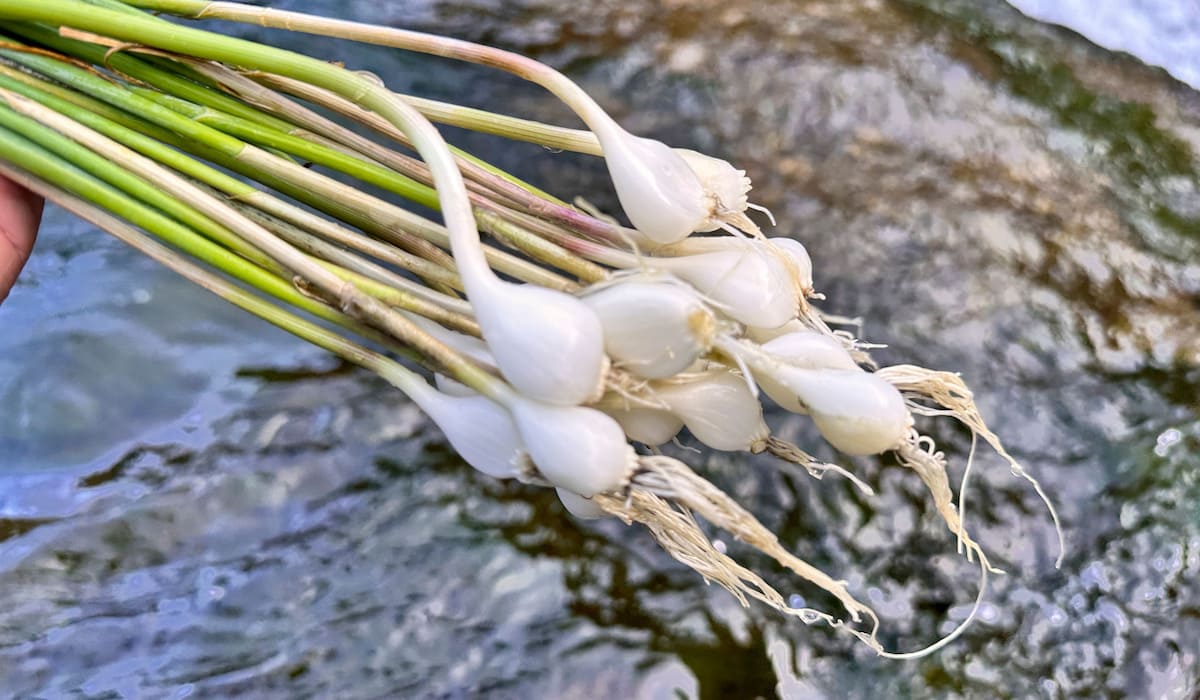
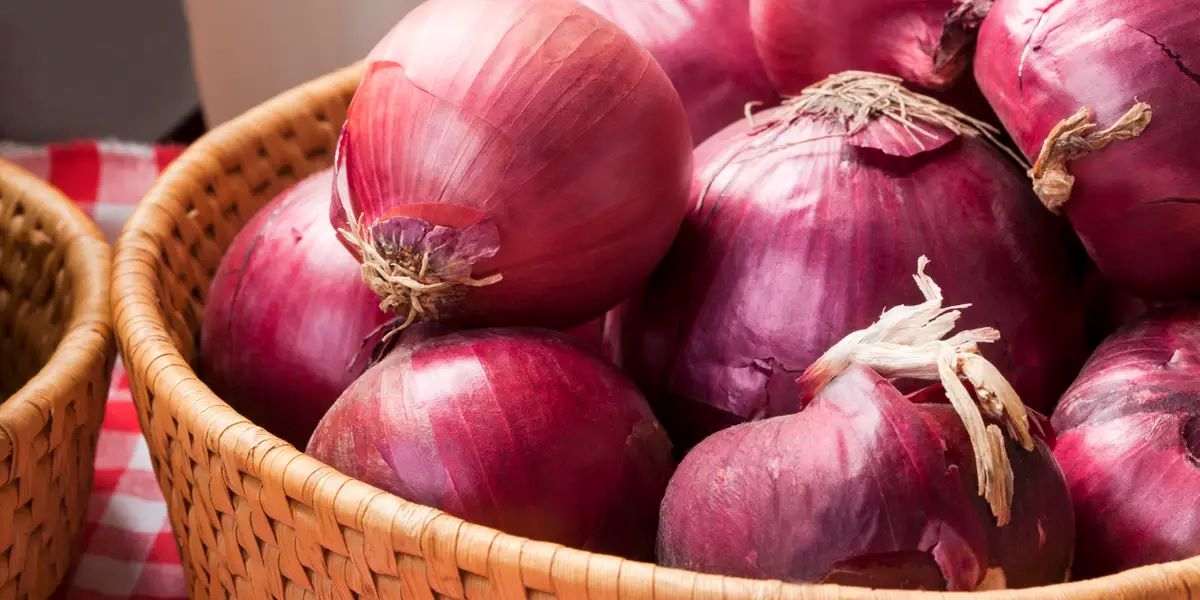
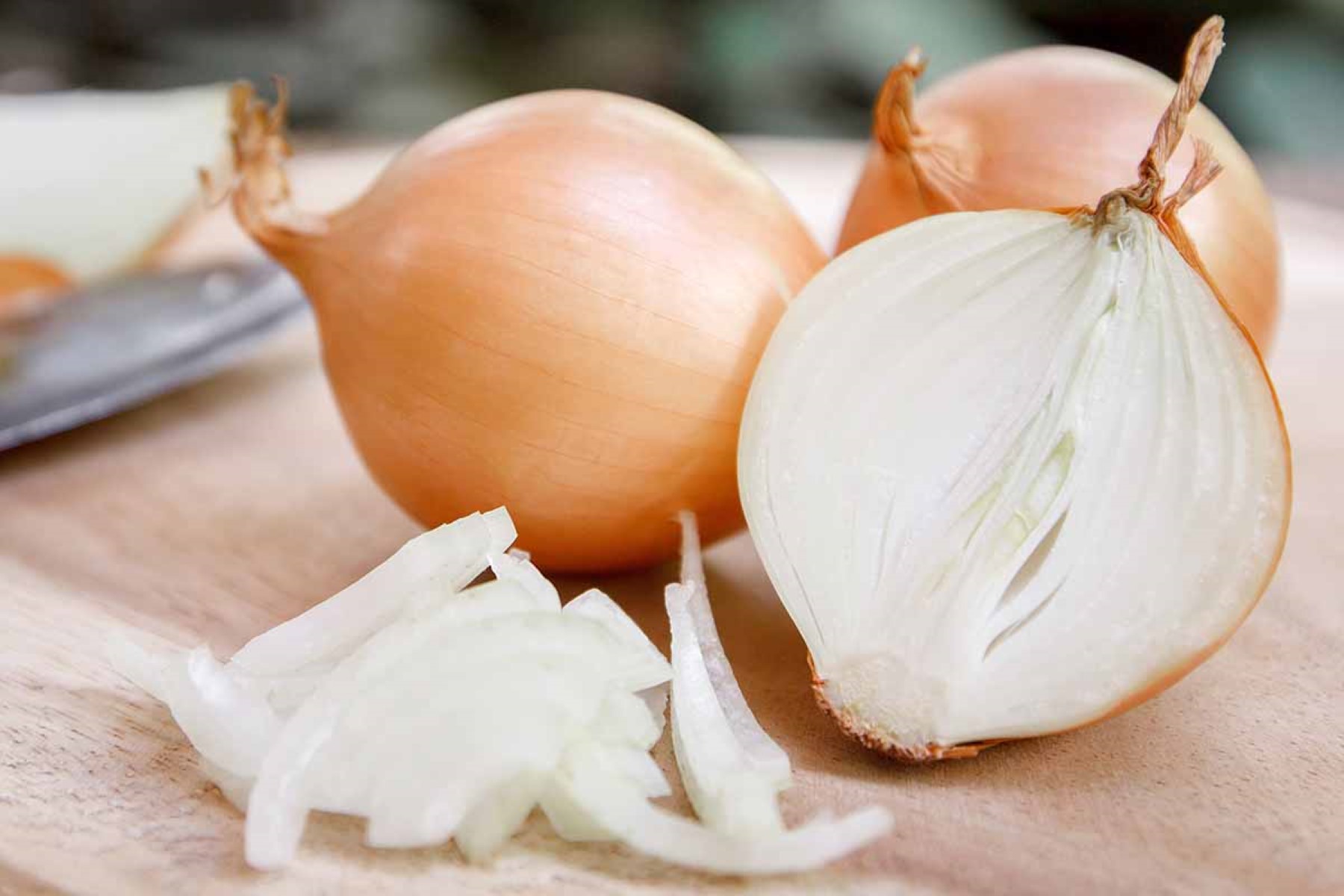
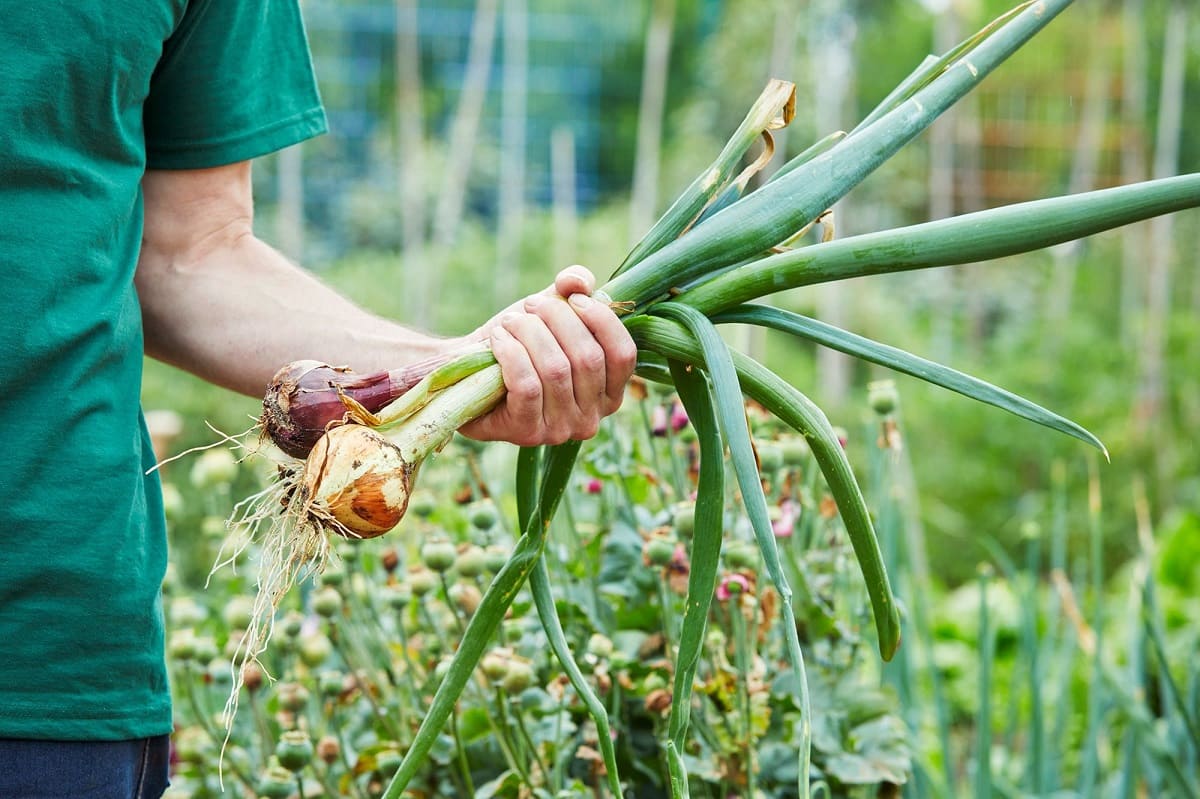
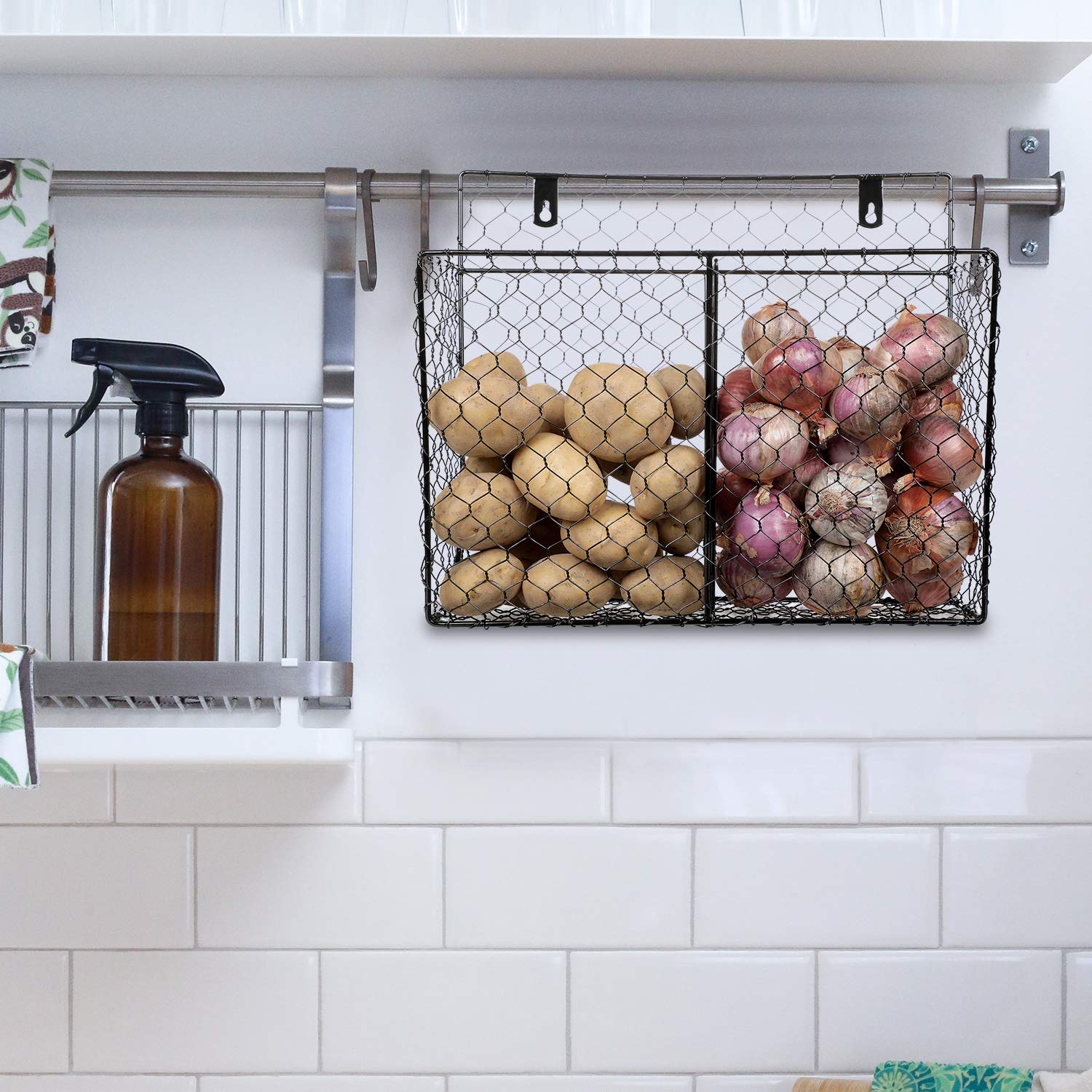
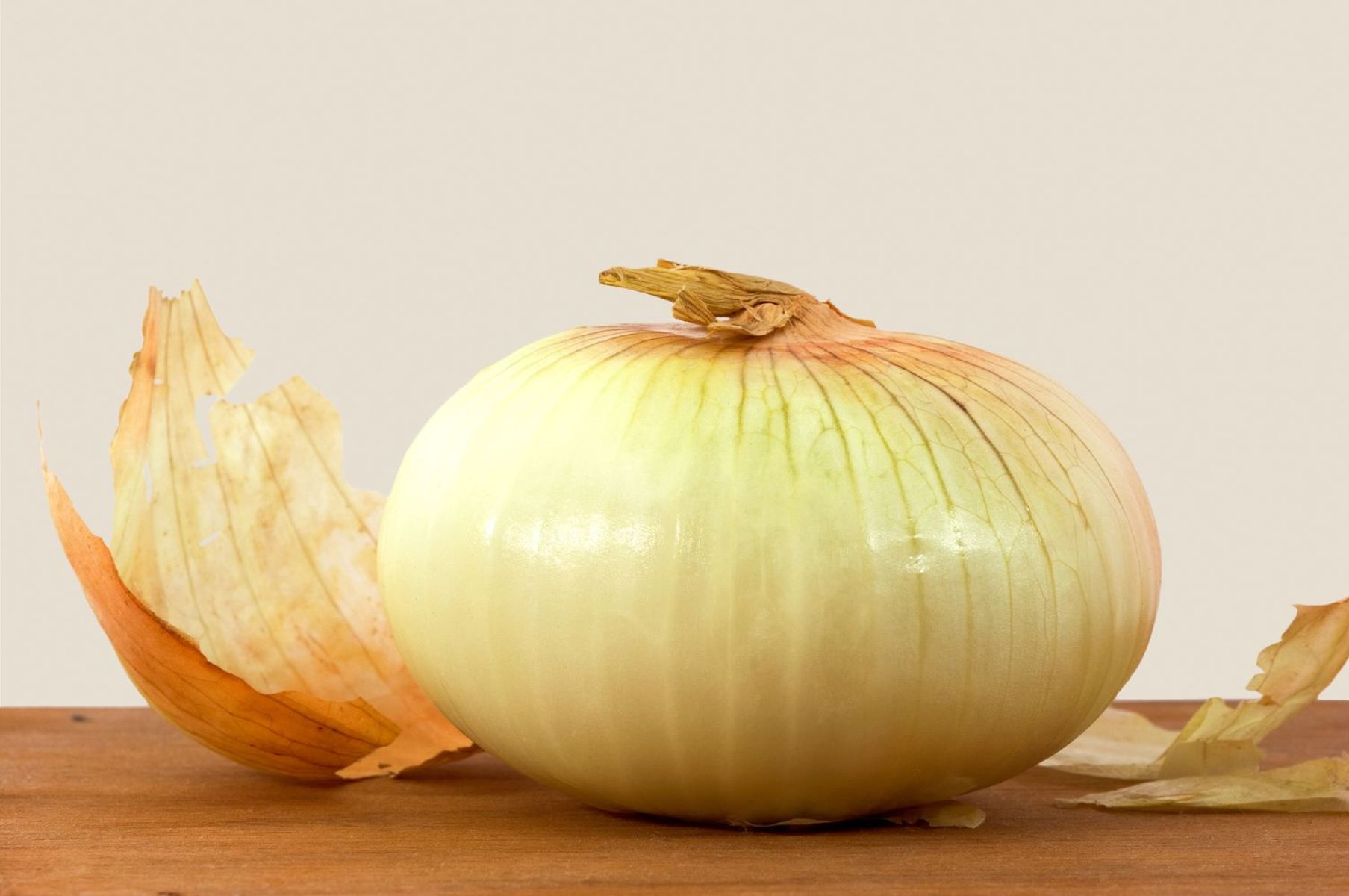

0 thoughts on “How To Store Bunching Onions”